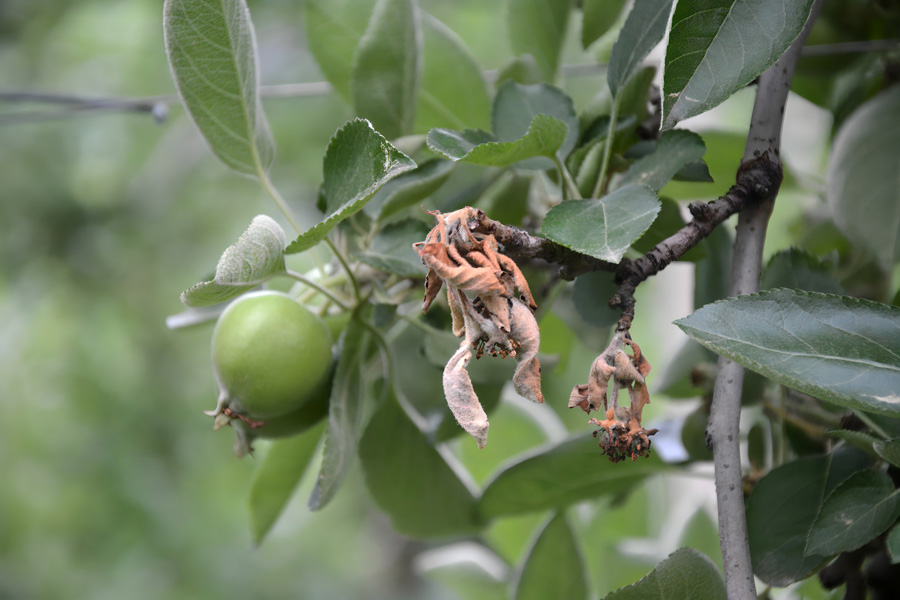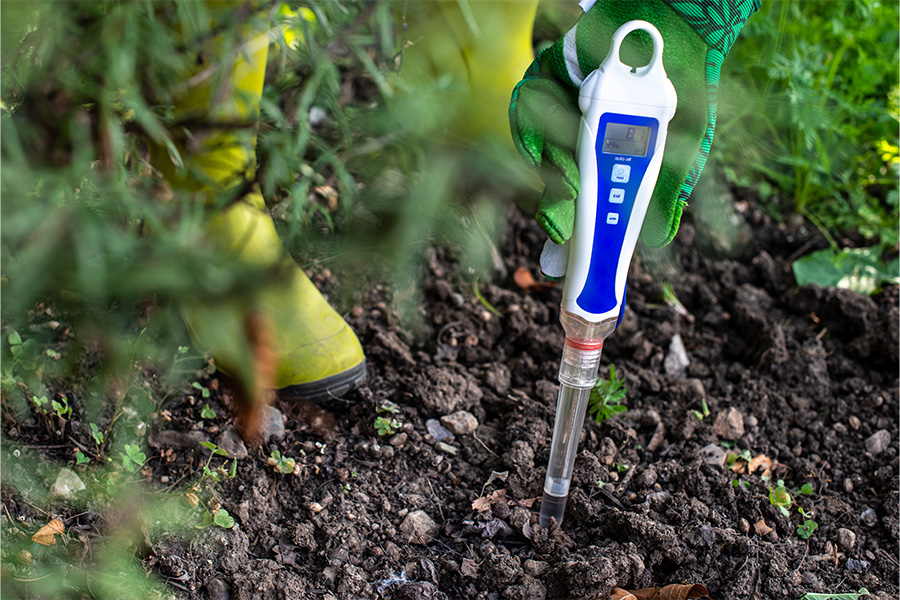-
It is estimated that 2001 plant disease losses, including control costs, amounted to approximately $587.107 million. The value of the crops used in this estimate was more than $4.799 billion, resulting in a 12.23 percent total disease loss across all crops included in this summary.
|
-
It is estimated that 2000 plant disease losses, including control costs, amounted to approximately $572.34 million. The value of the crops used in this estimate was more than $4.376 billion, resulting in a 13.07 percent total disease loss across all crops included in this summary.
|
-
It is estimated that 1999 plant disease losses, including control costs, amounted to approximately $580.25 million. The value of the crops used in this estimate was $4.124 billion, resulting in a 14.07 percent total disease loss across all crops included in this summary.
|
-

El tizón de fuego de las rosáceas es una enfermedad destructiva, altamente infecciosa y que ocurre en muchas partes del país y es causada por la bacteria Erwinia amylovora. El tizón de fuego es particularmente prevalente en algunos condados de Georgia. La enfermedad puede atacar los botones florales, las hojas, los meristemos apicales, ramas, frutos y las raíces.
[Fireblight is a destructive, highly infectious and widespread disease. It attacks blossoms, leaves, shoots, branches, fruits, and roots. This publication has some facts and methods to avoid and control the disease.]
|
-

Soil pH is an important chemical property because it influences the availability of soil nutrients for plant uptake, and it affects a crop’s root system development. Soil pH also indicates whether lime is needed to correct toxicities caused by aluminum and manganese, or to increase calcium levels in the soil. A new method measures the buffering capacity directly.
|
-
Soil pH is one of the most important measurements of soil fertility. Knowing a soil’s pH may help in diagnosing nutritional problems of agricultural crops and other plants.
|
-
Most farm injuries and fatalities are preventable when you adhere to safe operating practices. The following are general guidelines for improved safety on the farm.
|
-

Fireblight is a destructive, highly infectious, and widespread disease. It attacks blossoms, leaves, shoots, branches, fruits, and roots. This publication has some facts and methods to avoid and control the disease.
|